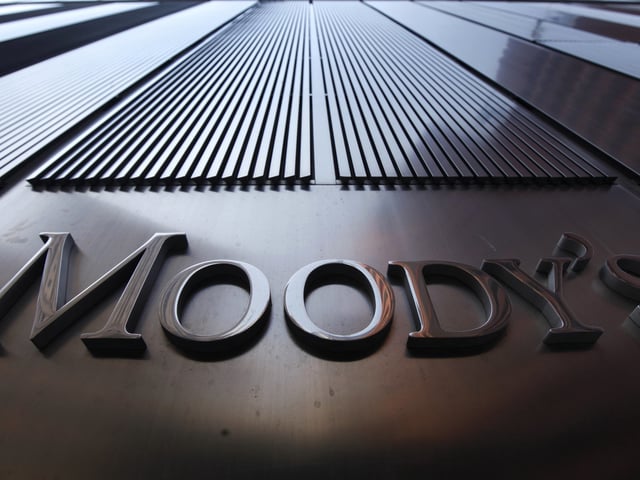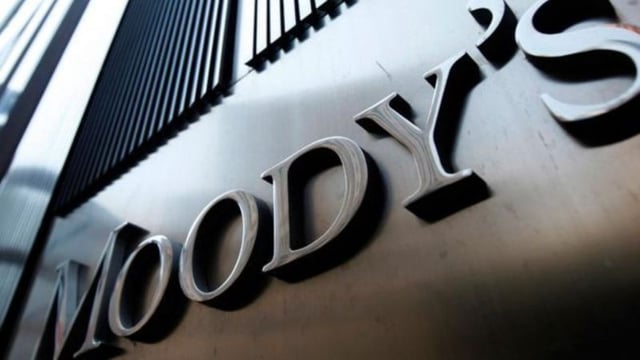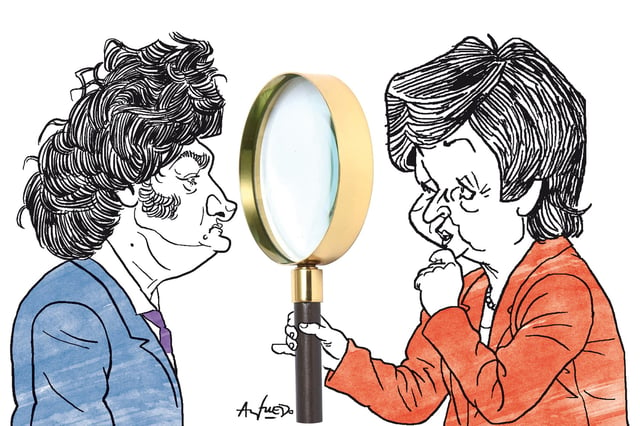Overview
- Moody’s Ratings elevated Argentina’s long-term sovereign credit score to Caa1 from Caa3 and assigned a stable outlook.
- The agency credited the upgrade to broad removal of currency and capital controls, the introduction of a managed floating exchange rate band and backing from a $20 billion IMF program.
- Argentine equities listed locally and in New York rallied up to 4 percent, and sovereign bonds recovered around 1 percent, though yields remain near 11–12 percent.
- Economist Carlos Melconian warned that private sector demand has drained roughly $10 billion in reserves—equivalent to a year’s projected energy surplus—underscoring vulnerabilities in the currency framework.
- An IMF executive board review on July 31 is expected to approve the first program assessment and waive shortfalls on reserve targets, shaping prospects for further external financing.



